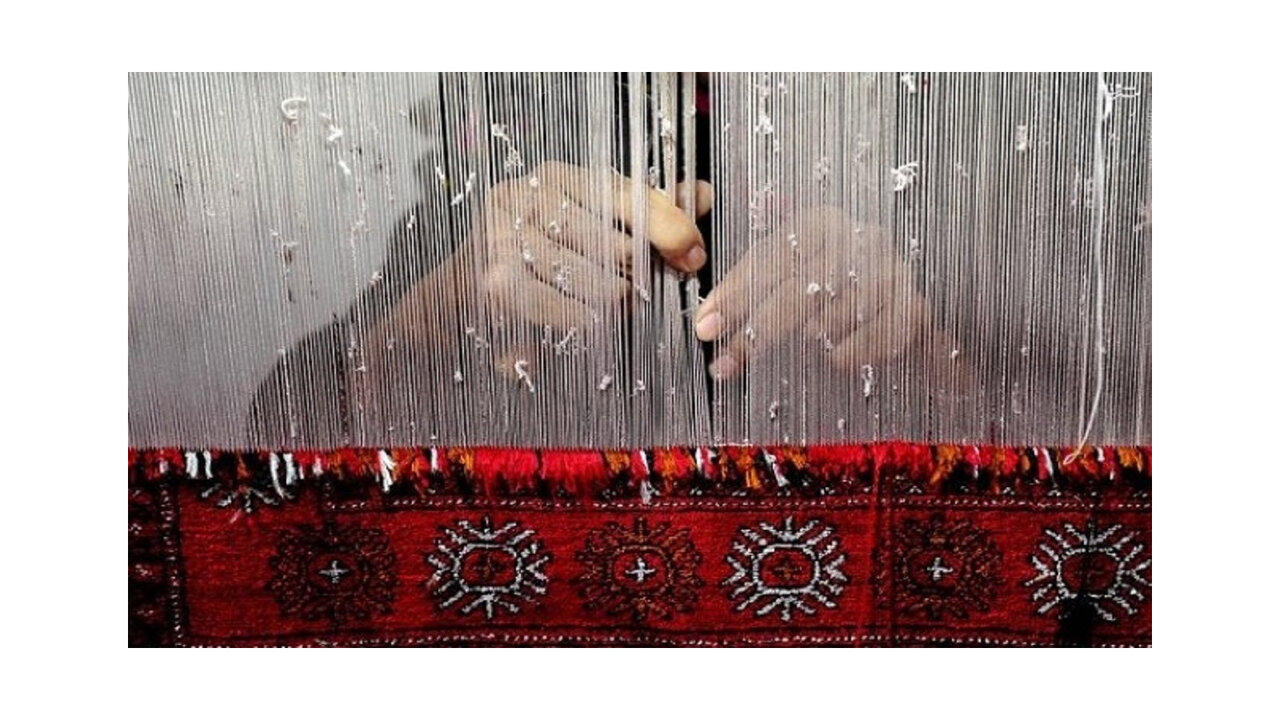Glimpses of carpet weaving in Khorasan Razavi province

TEHRAN – Carpet weaving in Mashhad, the capital of Khorasan Razavi province in northeast Iran, dates back to the Safavid Dynasty, as documented historical records suggest.
Arrays of unique weaving techniques, designs, and dyeing methods established during that period have endured to the present day.
During the Safavid era, the expansion of Mashhad and other cities under Safavid rule increased the demand for carpets, making handmade carpet weaving a significant contributor to the economic development of the time.
In addition to Tabriz, other major centers of carpet weaving during the Safavid period included Hamedan, Shushtar, Kashan, and Herat.
Moreover, according to Visit Iran, Khorasan carpets were so renowned that out of the 21 caravanserais in Isfahan, one was exclusively dedicated to the sale of Khorasan and Herat carpets.
Following the decline of the Safavid Dynasty, the exact timeline for the revival of carpet weaving in Mashhad is unclear. However, some sources suggest that it was likely revived by Nader Shah during the Afsharid reign, as Mashhad was the capital of Iran at the time (between 1736 and 1796).
Despite limited evidence from the early Qajar period, Khorasan maintained its position as a key center for carpet weaving. The oldest known Khorasan carpet, housed in the Astan Quds Razavi Complex, dates back to the Safavid period. This exquisite 34-meter masterpiece features floral stems, leaves, and spiral motifs, with some sections woven using silver threads. The carpet’s field is red, and its borders are blue, with an estimated age of around 160 years, aligning with the history of carpet weaving in Mashhad.
A distinct “central motif” dominated the designs of Khorasan carpets in the late 18th and early 19th centuries. Decorative elements were concentrated in the center of the carpet, leaving the field largely empty as a contrasting element. However, between the late 19th and early 20th centuries, a shift occurred, and carpets featuring repeated motifs covering the entire field became more common. These designs often included flower vases, either facing upward or downward.
All the pigments used in Khorasan carpets are derived from natural sources, including shades of pink, red, light chestnut, blue, green, yellow, and white. The use of these vibrant, herbal dyes, combined with intricate design elements, continues to distinguish Khorasan carpets as a symbol of Iran’s rich cultural and artistic heritage.
AM
